Survival Garden Seeds – Start Your Survival Garden Now
So you’re ready to start survival gardening, but where do you begin? Step one is to adjust your mindset. Don’t think of it simply as one of your preps, but as a new part of your “normal” life. Survival Seeds are great to have, but if you don’t know how to use them, you may be wasting your time buying survival garden seeds.
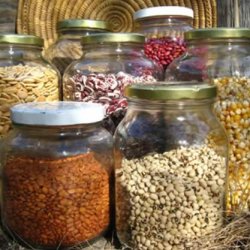
If you wait for a crisis to start your garden it may be too late. Catastrophes occur at inconvenient times, and there is no guarantee that a calamity will happen at the start of gardening season when there is time to get crops in for the year.
What crops you choose to grow will depend on a variety of factors ranging from your growing zone to your soil type to your water supply. Local farmers, garden clubs, nurseries and Agricultural Extensions provide a wide range of information and resources to help you make these choices.
Never underestimate the value of trial and error. If there is something you feel you just have to grow, go ahead and try it. If it doesn’t work out, you’ve gotten the failure out of the way at a non-critical time. If you figure out how to make it work you’ve added a fresh source of your favorite fruit or veggie to your survival larder.
Survival Garden Seeds or Nursery Plants?
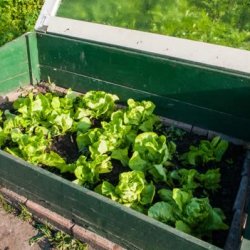
Once you’ve decided what you will grow, you will have to decide if you are going to start your garden from seed or from plants purchased at the nursery. There is nothing wrong with starting a garden from nursery stock in normal times. Nursery plants can give your garden a jump start, and allow you to play with a large assortment of vegetables and varieties.
However, in a true long term survival situation the nursery will be closed. It is of vital importance to have your survival garden seeds in hand at all times.
Plant Your Garden Now Before Disaster Strikes
It is also very important that you practice with your survival garden seeds each year. Survival is about knowledge and skills. Just as you don’t want to learn about your gun in the midst of a gunfight, you don’t want to learn to grow from seed when failure means malnutrition and starvation. So even if you take the nursery stock option for your garden, grow a few things from your seed stocks each year for practice, and then replace those survival seeds with fresh ones.
Fruit trees and bushes are a different matter. Since these represent a onetime planting, and given that growing them from seed takes a number of years, I always recommend the nursery option. Buy varieties that are proven in your area, test your soil and make needed amendments at planting.
Get the largest, most established trees or bushes you can afford. These are a long term investment, properly cared for they will span generations. Don’t skimp on this one.
Organic and Non-GMO Survival Seeds
When it comes to survival garden seeds, there is only one option in my book. At our homestead we use only non-GMO (Genetically Modified Organism), non-hybrid seeds. We are distrustful of GMOs because the long term health and environmental consequences of these plants is still unknown.
There is evidence to suggest that some GMO plants are less digestible than their non-GMO counterparts, that they have an adverse effect on natural gut fauna, and that they are harmful to pollinators such as honey bees. We try to steer clear of hybrids in the event that we may have to save seeds at some time.
While seed harvested from a hybrid plant may be perfectly viable and productive, it could also be a complete disaster. It’s a crap shoot with hybrids, and an unacceptable risk if those seeds become critical.
We get a lot of our yearly survival garden seeds from local heirloom seed dealers, but we also purchase at least one seed bank each year, properly packaged for long term storage. Regional heirlooms are well suited for local conditions, but the security of a well packaged (non-GMO, non-hybrid) seed bank makes it a vital part of our deep larder.
A well packaged survival seed bank is viable for several years, but we replace ours annually. It is a small investment that yields high security dividends. Previous years’ seed banks are rolled into the barter/back-up stores, also extremely valuable.
How Long do Survival Seeds Last?
Our experience with survival seeds are limited to the brand that we use, Survival Garden Seeds.
We have planted seeds that are one, two and three years old. Each year yielded fewer viable seeds almost exactly by their age. Our one year old seeds yielded +95% viable survival seeds. Our second year yielded around 60% with our last year yielding around 30%.
So, the lesson here is to not go out and buy a huge survival seed vault. It would be best to buy a small survival seed supply each year and rotate those seeds. As the seeds get older, use them as a guinea pig for new ways to develop a survival garden; keeping a note as to how viable the seeds are according to their age. Also, be wary of the survival garden seed brands that promise a shelf life of 5 years or longer. What they are NOT telling you is that seed viability will GREATLY diminish with each year.
Survival Seeds – Growing a Garden in Any Space
Once you have your plants and survival garden seeds selected, you will have to make some decisions concerning your methods. If space is not an issue, you may wish to lay out a traditional garden plot. If you are operating in a suburban back yard, raised beds or containers may better suit your needs.If you are gardening on the balcony of an apartment, containers may be your only option.
Each of these methods has its own benefits. Even though space is not a limiting factor on our forty acre farmstead, we often opt for the raised bed method. Raised beds give you complete control over your soil from the get-go, they are less weedy than garden plots if properly managed, and they lend themselves well to methods such as square foot gardening and companion planting.
Containers are great if you have perennial plants or herb/salad gardens that need to come indoors for the winter. A relatively small container in a sunny window can be a great source of fresh salads all winter long or provide a steady supply of fresh herbs to dress up and enhance your storage foods.
Regardless of these considerations, chemical free organic gardening should be the natural choice. All health issues aside (and these issues are extensive and compelling), in a long term survival situation modern chemical fertilizers and pesticides will be unavailable. Now is the time to learn and perfect your organic gardening techniques.
Composting your kitchen waste to feed your soil, especially in a raised bed or container, is a great place to start. After a good day at the crappie pond, turn the parts you don’t eat into fish meal or emulsion, which is an awesome fertilizer. Learn what plants repel pests and attract beneficial insects. Start with marigolds; they are easy on the eyes and hard on the bugs! Keep a supply of diatomaceous earth, neem oil, and good old dish soap; these are all great natural pesticides.
Again, gardening is a skill that must be developed, survival seeds require that skill to be viable. As with all skills, the time to learn is before you need them. Try it all out now, I can’t stress enough the importance of getting your skill set refined as soon as possible, and trial and error is the only way to find out what works best for you! If societal conditions turn really ugly, a good garden will keep your family going long after your storage foods have run out.
Want to learn more? Visit our survival seed page for more gardening options and information!

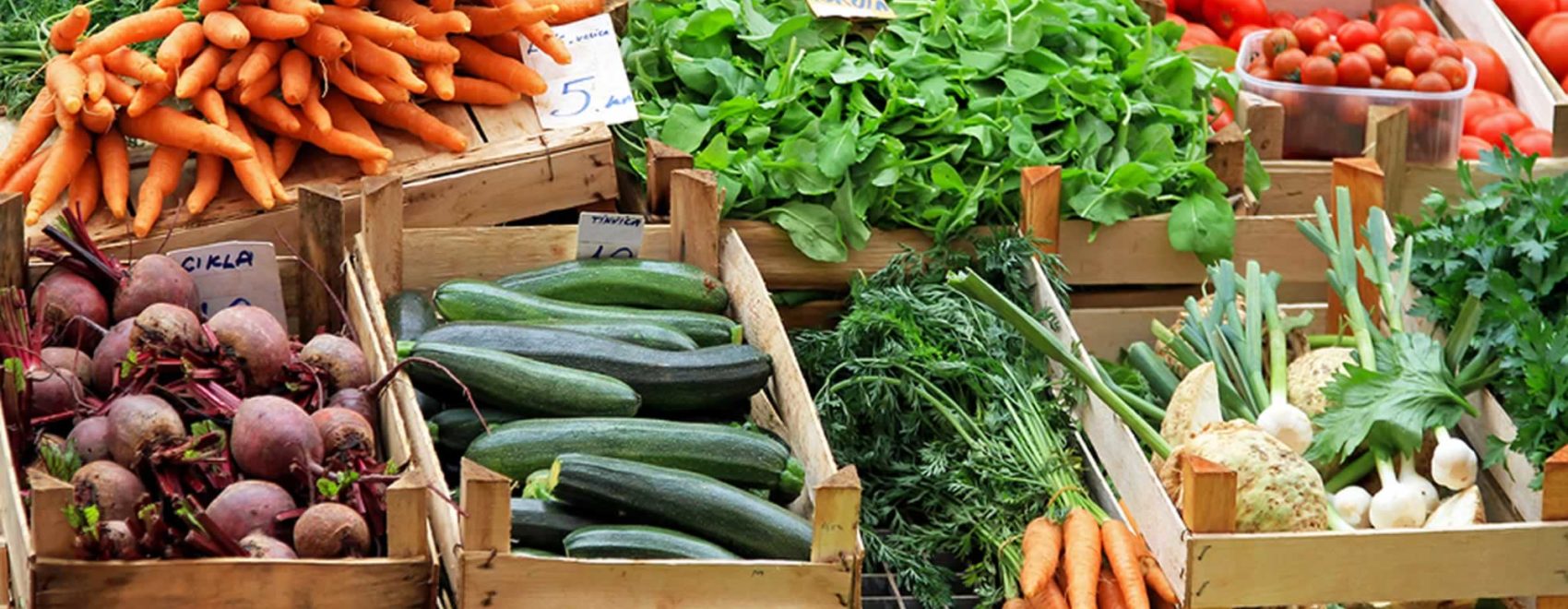
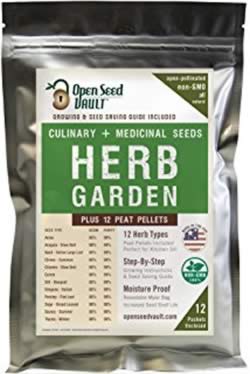
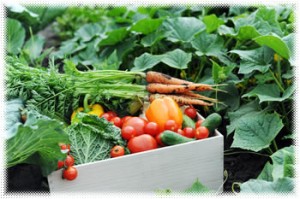
Leave a Reply